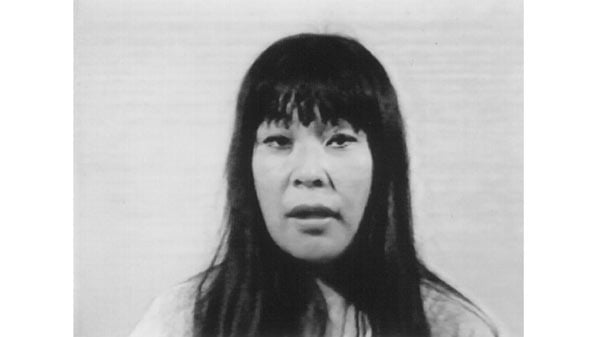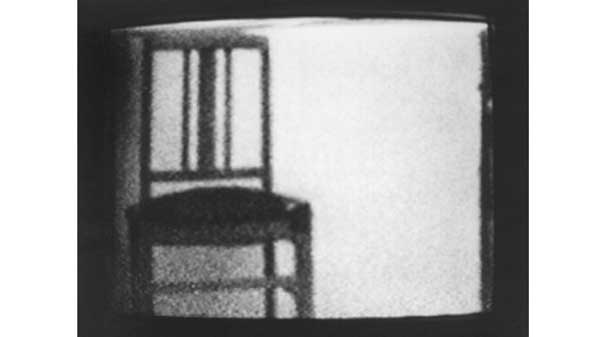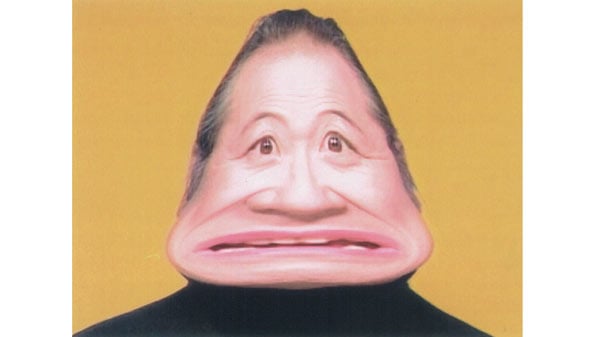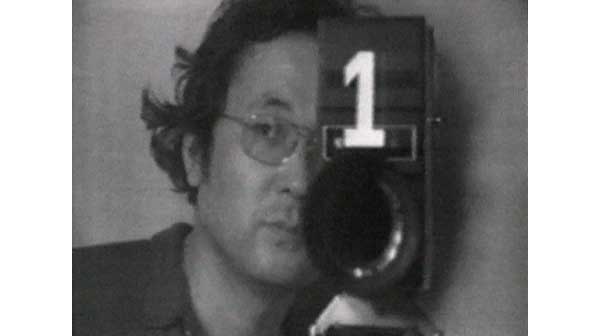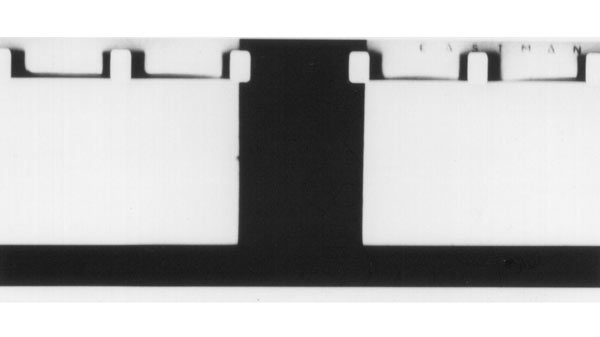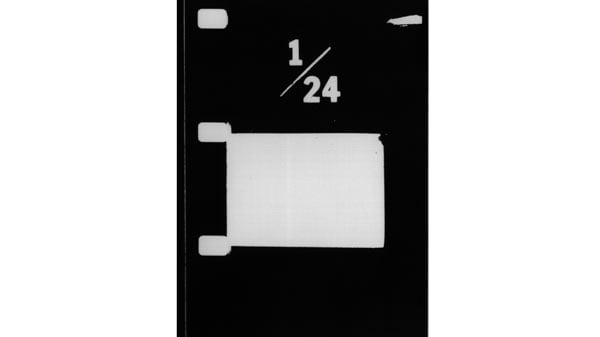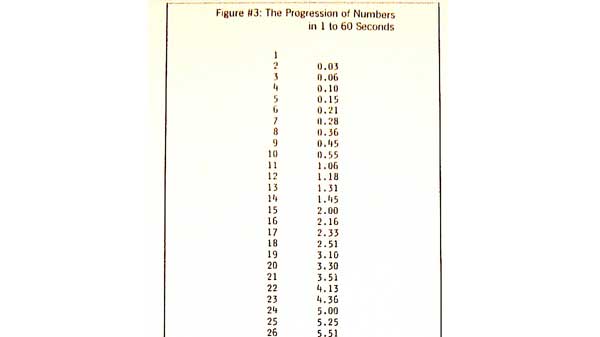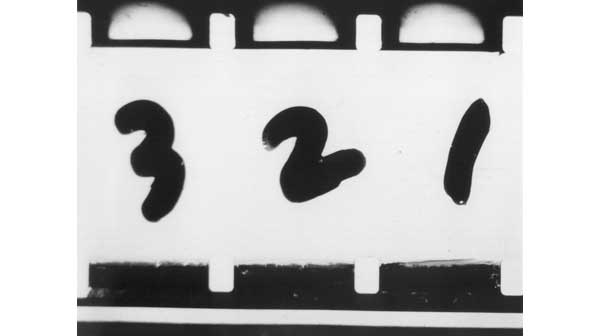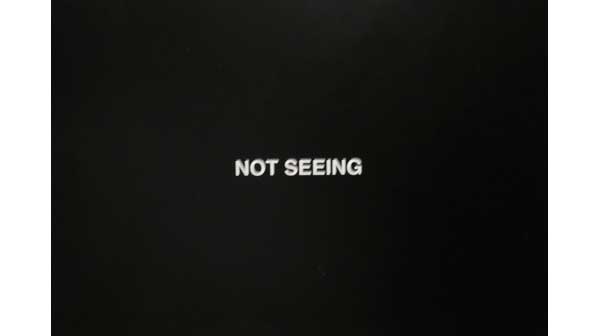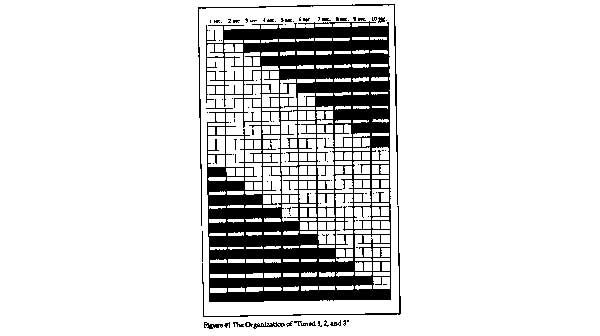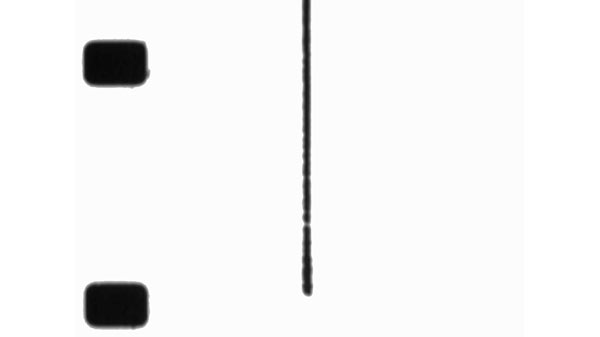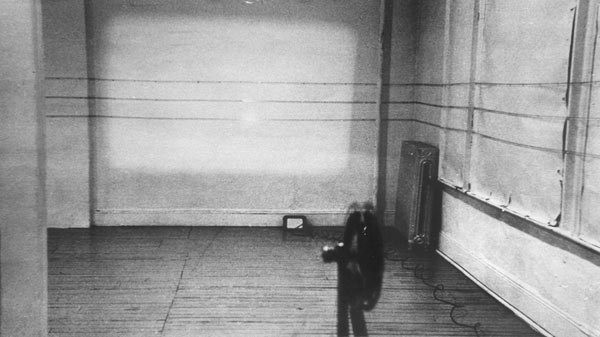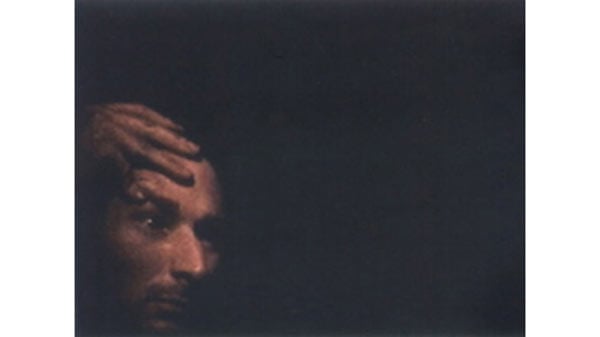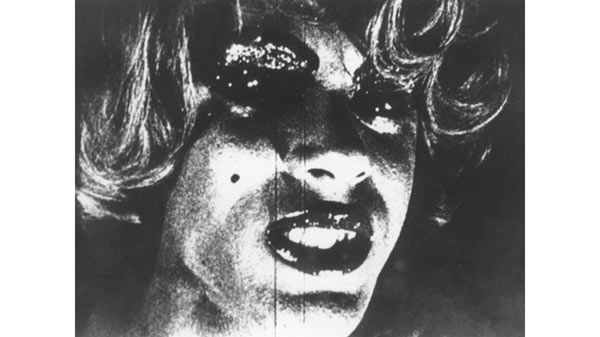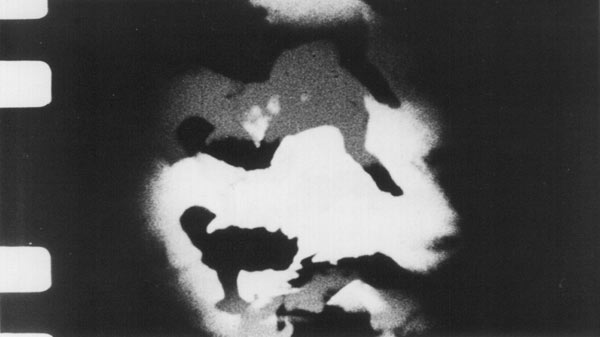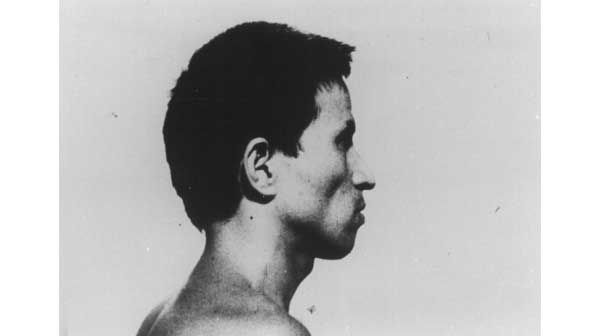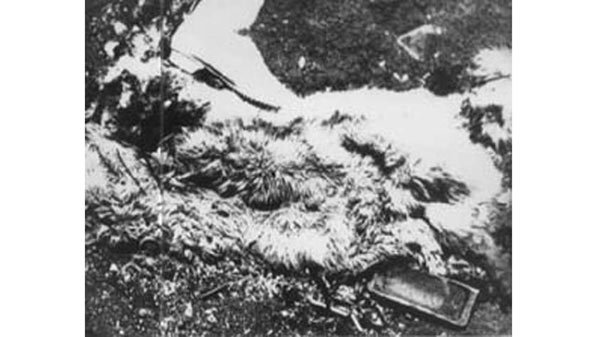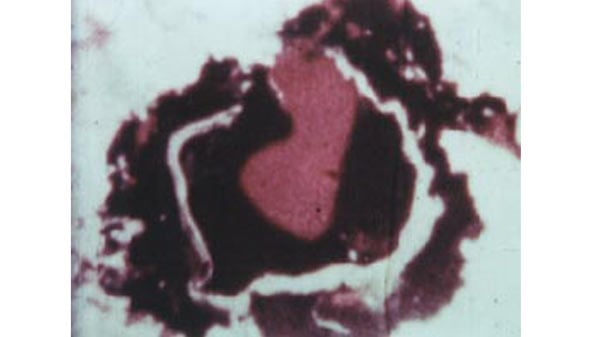Four films as one video compilation:
Kuzu (Junk)(1962) b/w 8 min
Ai (Love)(1962) b/w 15 min
On Eye Rape (1962) b/w & colour 10 min
A Dance Party in the Kingdom of Liliput (1964) b/w 12 min
KUZU (JUNKS) 1962, R.8mm/16mm (Blow up), b/w, 8min.Music: Takehisa Kosugi
‘Iimura films the cadavers of daily objects (junk) and animals without heads, cats, dogs or birds. While boats float calmly in the distance and children run along the beach, all kinds of larvae and insects move from old tatamis to old bottles under a “rain” of scratches caused by the numerous projections that the original film underwent. The object is thus rediscovered thanks to the images. It is not a question of showing “mono” (things), but rather “jibun no karada ” (your own body)(Iimura ) and the way in which you position yourself in relation to these things.’ – Chtistpphe Charles. takahiko iimura ,” Film et Video,” Jeu de Paume , Paris, 1999
Ai (Love)(1962) b/w, 15min . Music by Yoko Ono
“This is one of the most beautiful and most introspective films ever made……. Iimura has managed in this film to show us also the ugly that we are not aware of, while at the same time bringing to us an acceptance of it. Sometimes he even transforms it to beauty.” – Peter Gidal (Ark, Spring, 1970, London)
‘.. in Ai[LOVE] we become strongly aware of the separation between the physical and the semiotic – the perception and the recognition. We understand from this work how creating meaning, at even the most basic level – in the process of recognising a lip, a breast, a wisp of hair – there is a more primitive stage of pre-differentiated sensation. The film, through its form, becomes an arena where we relive that visual learning process, the transitions from raw perception of light and dark, its structuring into coherent pattern, to the projection onto the pattern of a set of associations which make these abstract images stand for a body or a face. This is sexuality embedded deeply in the perceptual and semiotic process.’ –Malcolm Le Grice
On Eye Rape (1962) b/w & colour , 10min . silent
‘This time he uses bits of pedagogical films that show the birth of zebras and insects or the growth of plants, and places end to end making holes in the film : the original images are “hidden” by large areas of light appearing so violently that he calls this work “Shikan ni tsuite “(On Eye Rape).’ – Chtistpph Charles ,(takahiko iimura , Film et Video, Jeu de Paume , Paris, 1999)
A Dance Party in the Kingdom of Liliput (1964) b/w 12 min
‘Iimura’s DANCE PARTY (IN THE KINGDOM OF LILLIPUT ) is a work of obvious appeal to the American sensibility. At once rollickingly humorous (its comedy is an elaboration on the classic films of Max Sennett and Charlie Chaplin, filtered through both the dada/surrealist cinema of the 1920s and the Japanese appreciation of those early experimental works) and rigorously intelligent, DANCE PARTY stands as a compelling pioneer effort of early 1960s Japanese avant-garde thought. It remains his most accessible production : witty, high-spirited and energetic, it is often mysterious but always delightfully provocative.’ -Sam McElfresh , Taka Iimura : Messaggero d’Oriente , “Giappone Avantguardia del Futuro “, Electa , Milano, 1985
‘Taka Iimura has been making films since the early 1960s . His work has gone through a series of relatively clear, consistent developments: from 1962 to 1968’. –Scott MacDonald (The author of “A Critical Cinema,” California University Press)
‘Taka Iimura is a senior figure among contemporary Japanese artists and has been working with film, sound and video since the 1960s . He was one of several Japanese who, coming from a 20th Century tradition of avant-garde intervention.’ -by Mike Leggett , University of Technology Sydney , Leonardo Reviews.

